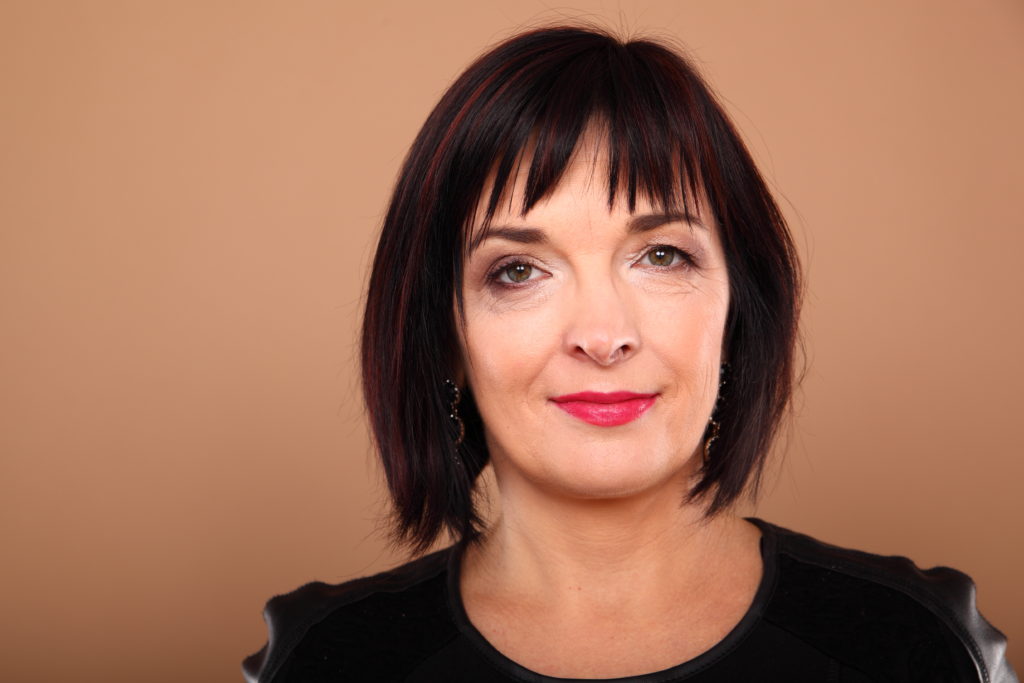CV
Andrea Antal, PhD, is an extraordinary professor at the Department of Clinical Neurophysiology, University Medical Center Göttingen and at the Institute for Medical Psychology in Magdeburg, Germany. She has almost 30 years experience in neurophysiology, with now over 20 years’ experience of neuroplasticity research and clinical studies. Starting from 2001, she has had a pivotal role in building up and coordinating the activities in the transcranial brain stimulation laboratories in Göttingen. The primary aim of her research group is to develop and establish new non-invasive brain stimulation methods and protocols to induce physiological changes in the central nervous system in order to investigate visual perception, cognition and restore maladaptive plasticity in visual and neurodegenerative disorders. Transcranial alternating current stimulation (tACS) and random noise stimulation (tRNS), developed by her group in Göttingen, are relatively new stimulation techniques influencing cortical activity; they permit, due to the oscillating stimulation, external interference with the neuronal oscillations.
AA has published published ~250 studies related to transcranial stimulation, functional magnetic resonance imaging (fMRI), electroencephalogram (EEG) and maladaptive plasticity in neurodegenerative diseases, her impact factor is about 620 (H-Index 55).
ABSTRACT
Electrical stimulation of the eye and brain to activate residual vision
Andrea Antal1,2 and Bernhard A. Sabel1
1Institute of Medical Psychology, Medical Faculty, Otto-von-Guericke University of Magdeburg, Magdeburg, Germany
2Department of Clinical Neurophysiology, University Medical Center Göttingen, Germany
For purposes of visual rehabilitation, the modulation of cortical excitability and neural activity, a central mechanism of ‘induced neuroplasticity’, has been investigated using several non-invasive current stimulation methods including alternating current stimulation (ACS). Alternating current entrains endogenous neural oscillations in the brain, possibly by way of modulating the power of oscillations or the phase-locking index between the driving and endogenous oscillations. ACS has recently been extensively used as a new means to enhance normal vision and low vision. Here it is of interest, whether neural activities can selectively be increased or decreased with manipulations of the frequency, intensity and and/or the duration of stimulation.
Neuronal networks of the brain in visual disorders such as glaucoma, optic neuropathy, can “amplify” residual vision through induced neuroplasticity changes of local and global levels, by activating, modulating and strengthening residual visual signals. The activation of residual vision can be achieved by modulating brain functional networks using ACS, most frequently applied as transorbital stimulation, where electrodes are placed near the eye. During the last years ACS treatment has opened new opportunities to restore low vision partially, by increasing visual field size, visual acuity, reaction time, and overall improving quality of live in patients suffering from vision loss. We will present the current state of the art on this field.

